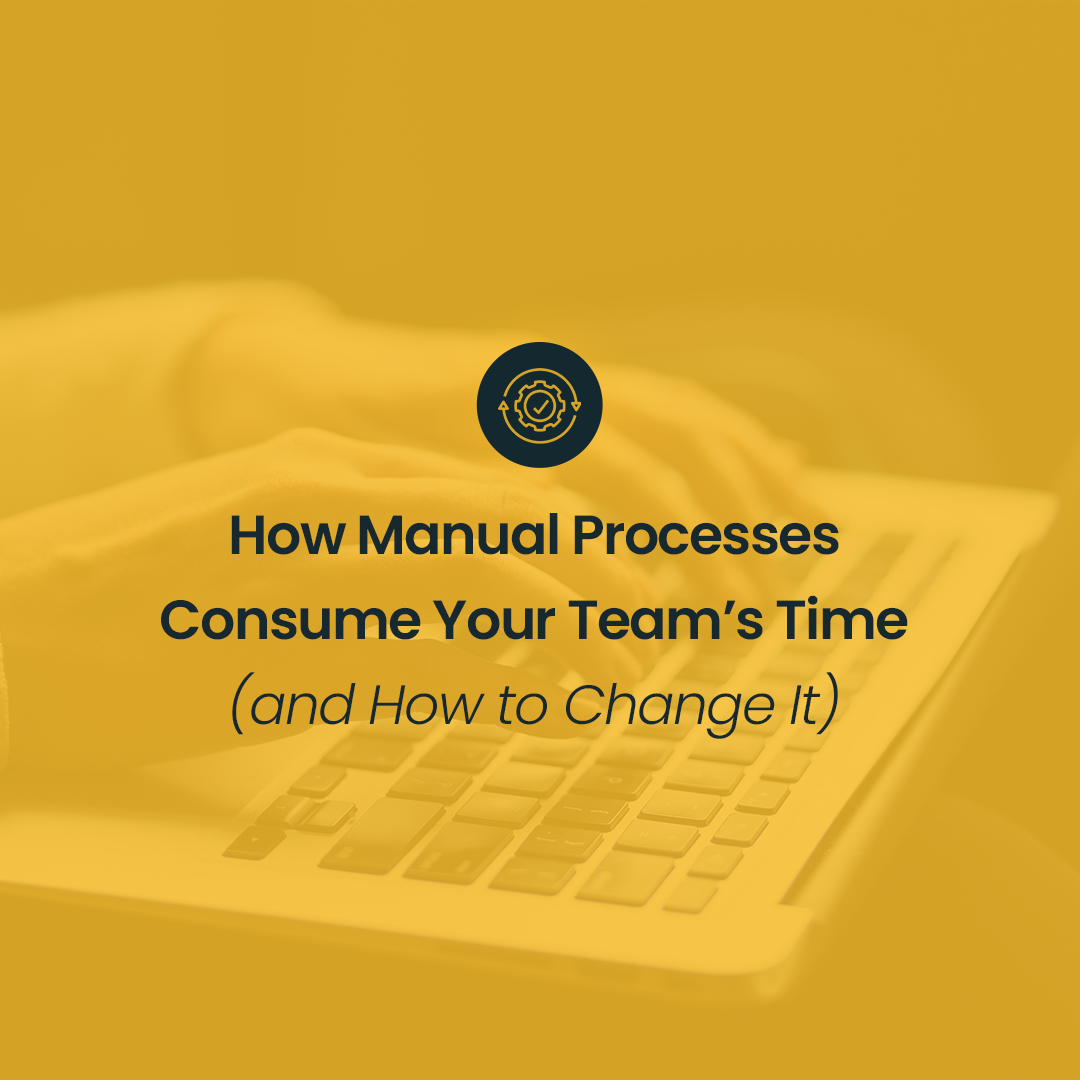Wanna know how to kill it with projects and where to start?
Sounds like you could use a project charter. It’ll show you how legit projects get done. When you’re about to talk to your client or need to get your team’s juices flowing, the project charter will streamline your workflow. Why do that? Because not only will it make your client happy, but your teammates as well.
How to prep a project charter?
There is no single way to do it. The internet is crawling with templates, but there are some things they all have in common/but there are some features that ’rule them all’, so to speak 🙂
Main project assumptions
First things first, make sure you have your project leader. It’s key that all work is coordinated by a single person. What you want to do next is tandem with your business associate and name the benefits of the project underway, or, in other words, its end product. It might be some financial value expressed as specific revenue, or something more qualitative, such as curbing spend on marketing campaigns.
Guesstimate when the project works can start and finish. Same concerns your budget.
Also, make sure you know how complex your project is and prioritize by listing all obstacles that might not let you bring it to fruition, for example budget constraints, your team not having enough competence and the need to outsource, or the legal side of things.
The ultimate goal
Every project needs an ultimate goal; the goal that stems from the benefits you initially determined. All goals should satisfy the SMART rule (short for Specific, Measurable, Achievable, Relevant, Time-bound). Ask yourself the following:
What do I want to achieve? When, how and who with?
How do I know I’ve accomplished my goal?

Photo: Freepik.pl
Specific objectives
In addition to the main goal, set yourself some precise tasks that will allow you to succeed, i.e. specific objectives. Specific objectives should include information on what and when needs to be done, as well as identify people accountable for the particular deliverables of the project. As said before, only one person should be responsible for one specific task.
Project team
Another core element of the project charter is the list of all project team members and their roles. At this stage, it’s more than enough to assign some basic roles, like who’s going to contact the client or who’s supposed to prepare a given thing, etc.
RACI matrix
Once you set your specific objectives and listed your project team members, you might want to use a RACI chart. The RACI chart (short for Responsible, Accountable/Approver, Consulted, Informed), or a responsibility assignment matrix, describes the roles and the level of responsibility/accountability of each and every project team member for every task listed. Thanks to the RACI matrix, you can identify those tasks that need more people to complete them and avoid some bad decision making.

Schedule
Once you’ve created an outline of your project and defined its assumptions, you should start to lay out specific objectives on a timeline. To do that, you need to use a schedule. The schedule should be relatively simple and be marked on the calendar. I encourage you to include only working days in it (business days, excluding days off and holidays). Individual tasks should be extended to specific days. For example, if a given task should take 2 weeks, place a longer, “10-day” line at the height of a specific row.

Summary
Creating a project card is not rocket science. It is a really valuable thing to do though. Thanks to a well-designed project charter, you will be able to significantly improve the organization of your project and your team’s workflow, and If you fill it out using your client’s data, it will, in turn, allow you to avoid miscommunication when it comes to the assumptions of the project.






